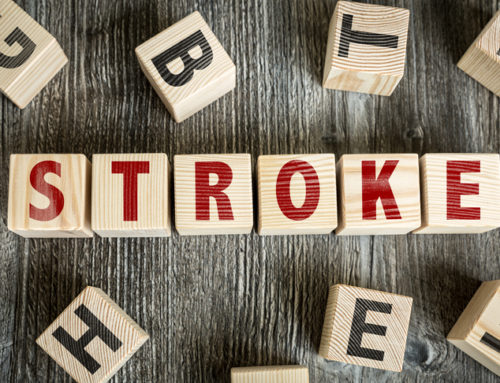According to the National Stroke Association up to 90% of stroke victims experience some form of paralysis. The two most common types of paralysis related to stroke are hemiparesis and hemiplegia. Hemiparesis affects 8 out of 10 stroke survivors. It is essentially one sided weakness. When this weakness is in the legs it results in: balance loss, difficulty in walking, lack of coordination, muscle fatigue, and imprecise movement. Hemiplegia is the loss of movement on one side of the body, the limbs on the affected side of the body are paralyzed.
For many this paralysis means using a wheelchair, which can be both physically and mentally/emotionally challenging. Having to be dependent upon a wheelchair for movement can wreak havoc on ones emotions; in addition to the challenges of getting comfortable sitting in one, there are also the issues of getting in and out of the chair and learning how to maneuver it. While there are aids that make using a wheelchair easier, such as our transfer aids, there is now new technology that can eliminate the need for a wheelchair altogether.
Recent technology has been introduced in the form of a “bionic brace”. This new orthotic may enable stroke victims to get their legs back. The product is formally known as Ottobock C-Brace. C-Brace has customized thigh, calf, and foot components and utilizes both a hydraulic system and a microprocessor to enable movement.
How Does It Work
The Ottobock C-Brace makes use of electronics to analyze surroundings and gait. The wearer wears the brace over his/her lower limbs and it receives feedback from the user, making adjustments as necessary. There is a microprocessor built into the brace that receives and processes information from the ankle, it signals the “hydraulic system” that is located at the knee to move. Every step is analyzed in real time in order to provide stability and the brace also has the ability to detect and prevent falls.
Copyright 2016 The Wright Stuff, Inc. Article may only be redistributed in its unedited form. Written permission from the Wright Stuff, Inc. must be obtained to reprint or cite the information contained within this article.






